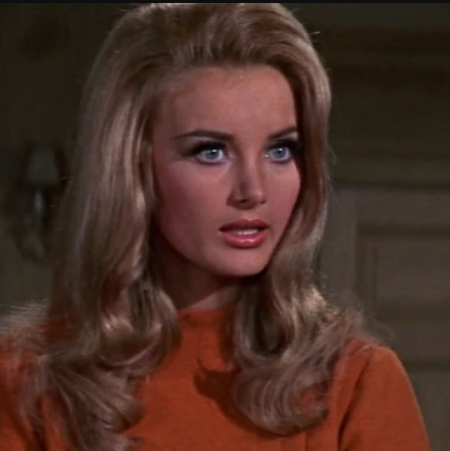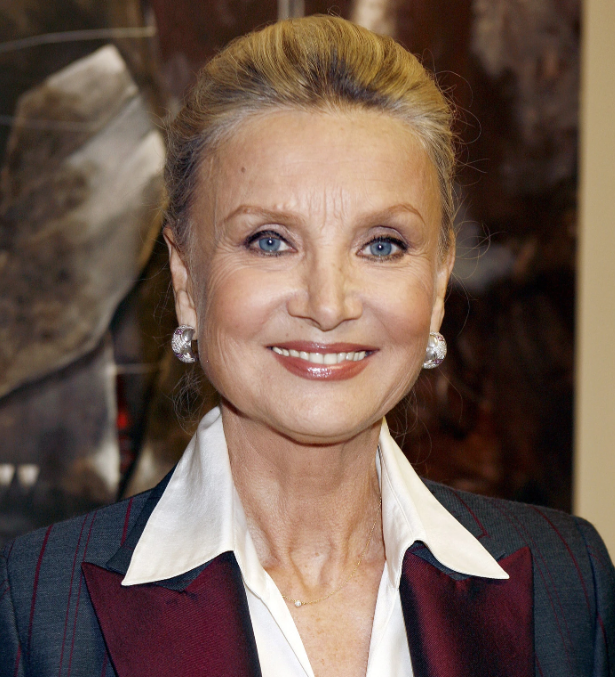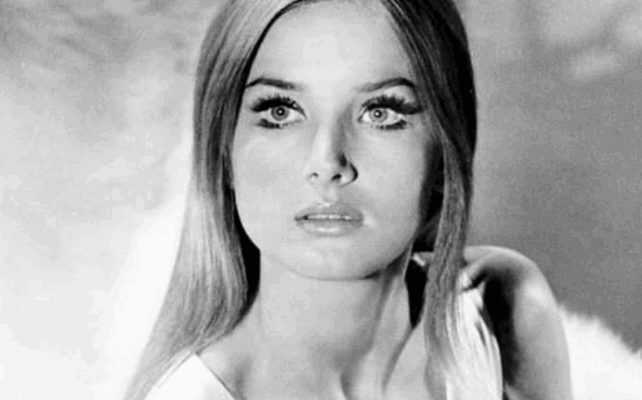During the 1970s and 1980s, she emerged as a beloved fixture on Italian television, captivating audiences with a presence that was as genuine as it was graceful. With each performance, she brought a quiet intensity and emotional clarity that transcended the screen. Her elegance was undeniable, but what truly set her apart was the profound sense of self she carried into every role—a far cry from the glossy, one-dimensional characters Hollywood had once handed her. In Italy, she wasn’t just another beautiful woman on camera; she was embraced as a complete performer, a thinking, feeling artist who deserved space to grow.

Her journey wasn’t easy. In the United States, the industry had too often seen her through a narrow lens—valuing her appearance over her intelligence, casting her in ornamental roles that did little to challenge or celebrate her talent. She had been paraded, admired, and objectified, but rarely understood. The depth she yearned to explore was brushed aside in favor of superficiality. Her potential, so evident to those who looked beyond the surface, was continually ignored by an industry that prized youth, image, and box-office appeal above all else.

Italy changed everything.
In the European tradition of honoring character and storytelling over spectacle, she found herself reborn. Italian television and cinema gave her what Hollywood would not: roles that demanded complexity, subtlety, and soul. She played women of substance—mothers, artists, rebels, lovers, thinkers. The work required emotional nuance and maturity, qualities she had in abundance but had long been forced to suppress. She was no longer a silent beauty. She was a voice. A vision. A force.

Colleagues in Italy admired not only her professionalism but her discipline and humility. Directors spoke of her deep curiosity, her willingness to listen and learn, her refusal to coast on past fame. She studied the language, immersed herself in the culture, and gave herself fully to her craft. As a result, her performances resonated. Audiences didn’t just see her—they felt her. They recognized something real in her portrayals: longing, courage, the quiet ache of reinvention.

Her move abroad marked more than a geographic shift—it was a reclamation. In choosing to walk away from a system that had tried to define her worth by appearance alone, she stepped into a space where she could reimagine herself as an artist on her own terms. Italy offered her not just consistent work, but creative liberation. The transformation was so complete that many began to think of her not as a foreign star in Italy, but as a cherished part of Italy’s cultural fabric.

Despite being boxed in early in her Hollywood years, she resisted becoming bitter or stagnant. She understood the power of choice, of walking away from applause that felt hollow and toward something quieter but more meaningful. Italy was her second act—not in desperation, but in defiance. It was where she thrived, not because the spotlight was brighter, but because it allowed her to shine in her full spectrum.
Now in her eighties, she remains an emblem of grace and endurance. Her story continues to inspire a new wave of actresses who are challenging industry norms and seeking autonomy over their careers. She is living proof that reinvention is always possible—that one can be seen anew when stepping into the right light. In masterclasses and interviews, she urges younger performers to choose substance over surface, to work where they are valued rather than merely displayed.
Reflecting on her journey, she once said: “I traded dream factories for dreamers.” It was a line born not of regret, but of revelation. She had chosen depth over decoration, purpose over popularity. And in doing so, she found not only the recognition she had always deserved, but something even more rare: a lasting sense of fulfillment.
Her life is a quiet, powerful testament to the strength it takes to leave behind a system that no longer nourishes you—and the beauty that can bloom when you do.
